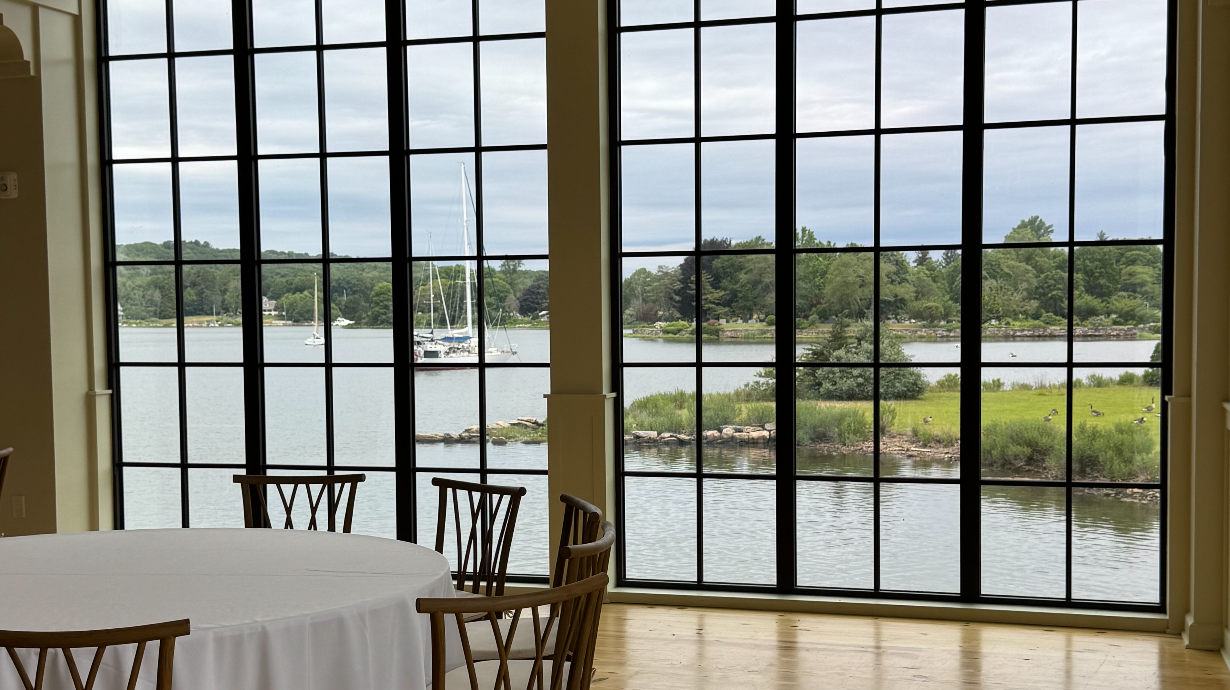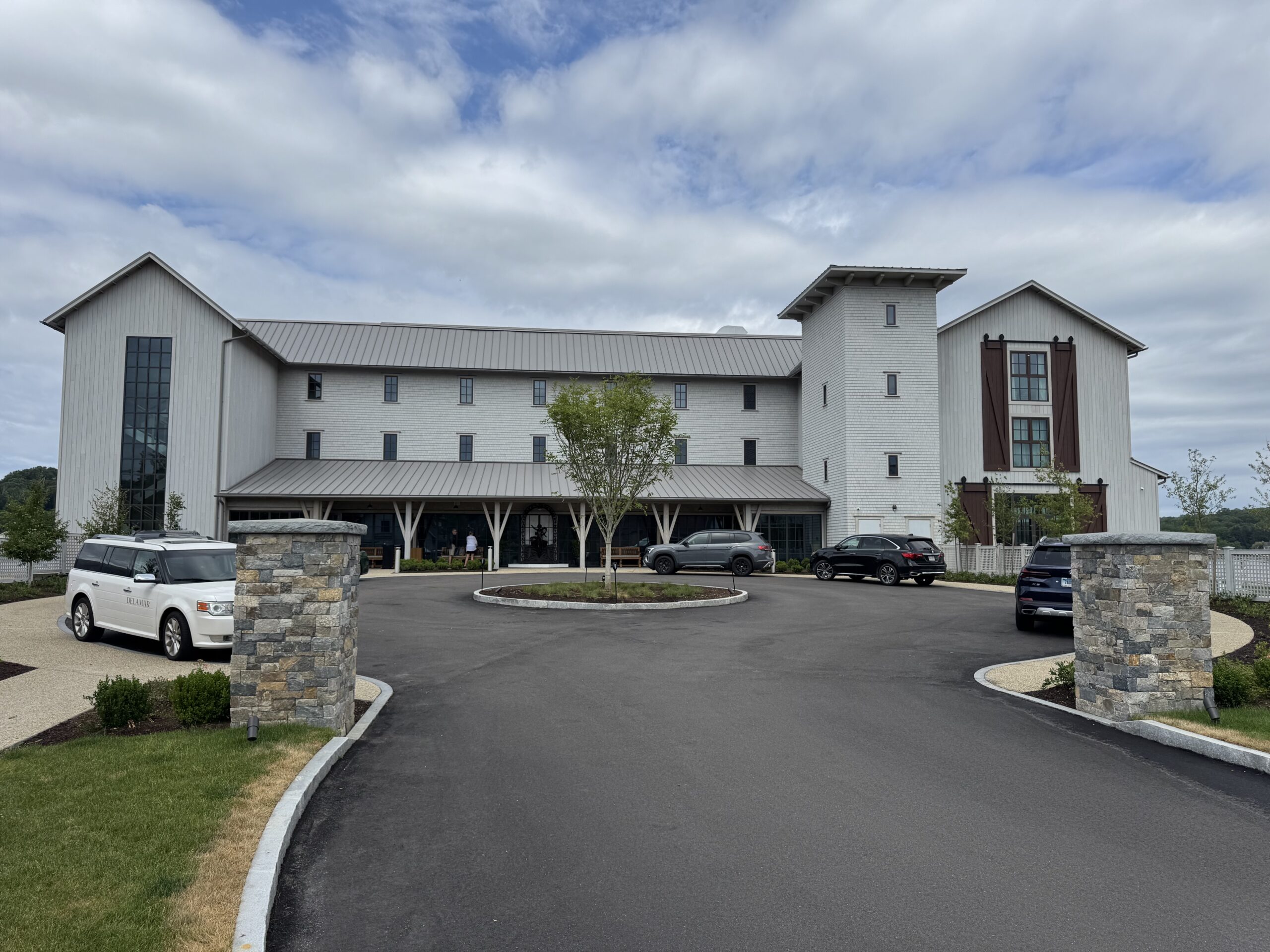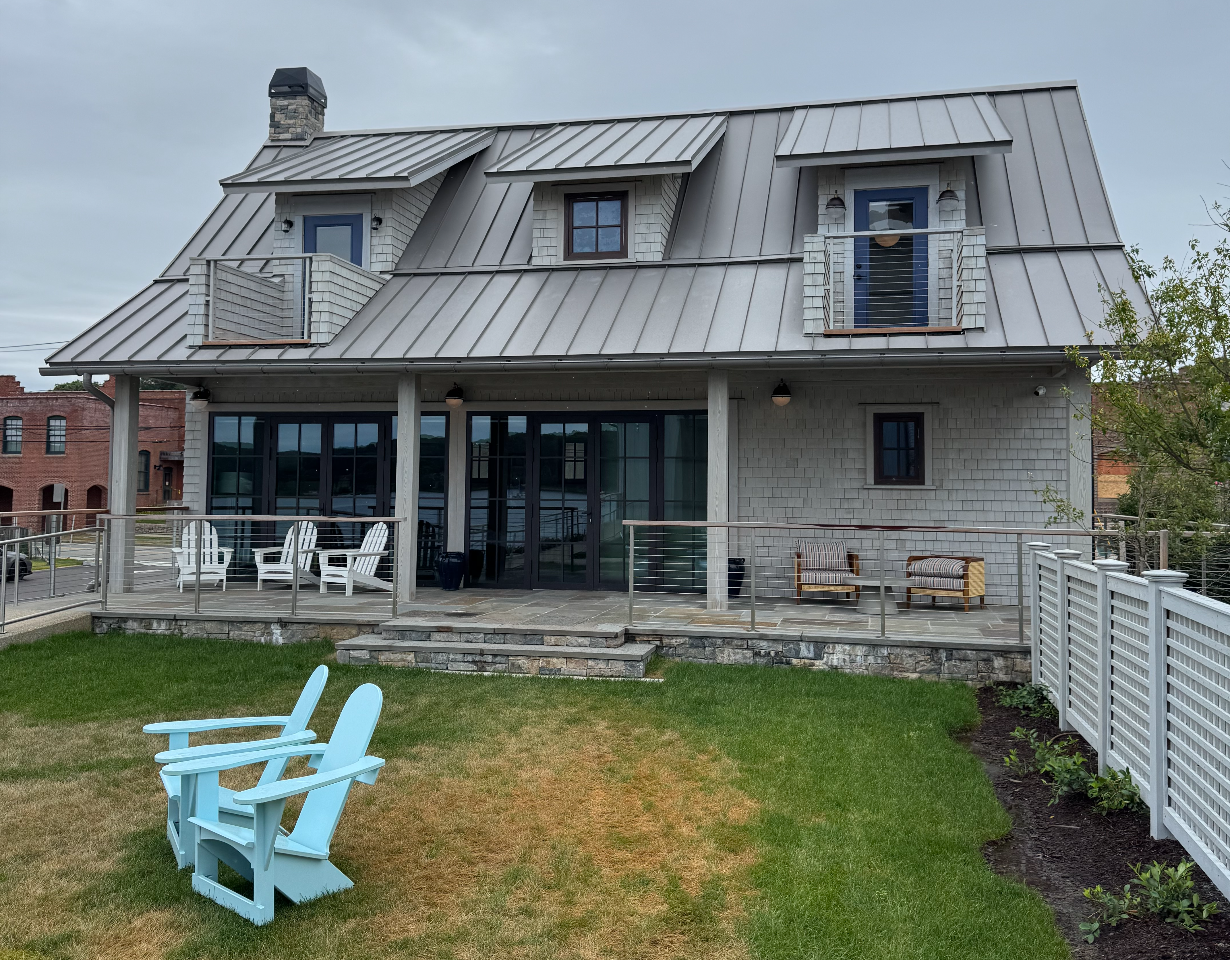Historic home renovation presents unique challenges, especially when balancing preservation requirements with modern energy efficiency needs. Traditional windows in historic properties often contribute significantly to heat loss and high energy bills, yet replacing them with standard modern alternatives can destroy the architectural character that makes these homes special. European window systems offer an elegant solution, providing cutting-edge thermal performance while maintaining the aesthetic integrity that historic preservation demands.
This comprehensive guide explores how European windows can transform historic home renovations, delivering modern efficiency without compromising the architectural heritage that defines these cherished properties.
The Historic Home Renovation Challenge
Historic homes possess irreplaceable character through their original architectural details, proportions, and materials. However, these same features often create significant challenges for modern living, particularly regarding energy efficiency and comfort. Original windows, while beautiful, typically suffer from poor insulation, air infiltration, and outdated glazing that can account for 25-40% of a home’s energy loss.
Common issues in historic window systems include:
- Single-pane glazing with minimal insulation value
- Deteriorated putty and weather sealing allowing air infiltration
- Warped or damaged frames causing operational problems
- Lead paint concerns requiring careful handling
- Hardware failure from decades of use and weathering
- Poor acoustic performance allowing excessive noise transmission
Traditional renovation approaches often involve complete window replacement with modern alternatives that may satisfy energy codes but destroy the historic character. European window systems provide a superior alternative that addresses both performance and preservation concerns.
European Windows: The Perfect Historic Renovation Solution
Maintaining Authentic Aesthetics
European window manufacturers understand the importance of architectural heritage and have developed specialized systems designed to replicate traditional profiles while incorporating modern performance technologies. These systems maintain the visual characteristics of historic windows including:
- Authentic sightlines and proportions that match original designs
- Traditional hardware styles adapted with modern functionality
- Period-appropriate colors and finishes
- Custom glazing options that replicate historic glass appearance
- Slim profile designs that maintain original opening sizes
The MB-FERROLINE system exemplifies this approach, specifically designed for historic renovations with narrow profiles that replicate traditional steel window appearance while delivering modern thermal performance.
Advanced Thermal Performance
European windows achieve exceptional energy efficiency through sophisticated engineering that would be impossible to retrofit into original historic windows. Key performance features include:
- Multi-chamber frame designs that eliminate thermal bridging
- High-performance glazing with low-emissivity coatings
- Precision weather sealing systems
- Thermal breaks that interrupt heat transfer paths
- Triple-pane glazing options for maximum insulation
These technologies can reduce energy consumption by 50-70% compared to original historic windows while maintaining the aesthetic character that preservation guidelines require.
Specialized European Systems for Historic Applications
MB-SLIMLINE: Narrow Profile Excellence
The Slimline 38 Classic system offers exceptional thermal insulation with very narrow aluminum profiles that closely replicate traditional steel window aesthetics. This system is particularly suited for historic renovations where maintaining original proportions is critical.
Key features include:
- Ultra-narrow visible profiles similar to original steel windows
- Excellent thermal insulation with Uw values from 0.8 W/(m²K)
- Wide glazing compatibility up to 81mm thick
- High water and air tightness performance
- Compatible with traditional Euro-type hardware
Steel Window Alternatives
Many historic homes feature original steel windows that are costly and difficult to restore while achieving modern performance standards. European systems like the Janisol Arte 2.0 provide steel window aesthetics with advanced thermal performance that would be impossible to achieve through restoration of original units.
These systems offer:
- Authentic steel window appearance and proportions
- Modern thermal break technology for energy efficiency
- Corrosion resistance superior to original steel
- Precision manufacturing for perfect fit and operation
- Security features meeting current standards
Wood-Look Alternatives
For historic homes with original wood windows, European systems offer wood-grain finishes and profiles that replicate traditional timber aesthetics while providing superior durability and performance. These alternatives eliminate the maintenance requirements of solid wood while preserving authentic appearance.
Preservation Guidelines and Compliance
Working with Historic Preservation Authorities
Historic home renovations often require approval from local preservation commissions or historic districts. European window systems can help achieve compliance through:
- Detailed documentation showing authentic profile replication
- Color matching capabilities for approved historic paint schemes
- Custom sizing to match original opening dimensions
- Reversible installation methods that preserve original structure
- Professional consultation on preservation-compliant solutions
Many preservation authorities recognize that energy efficiency improvements are necessary for continued building use and appreciate solutions that achieve both goals without compromising historic character.
Documentation and Approval Process
Successful historic renovation projects require thorough documentation demonstrating how proposed windows maintain architectural integrity. This includes:
- Detailed drawings showing profile comparisons
- Material specifications and finish samples
- Energy performance calculations
- Photographic documentation of existing conditions
- Professional recommendations from qualified architects
Energy Efficiency Benefits in Historic Homes
Dramatic Energy Savings
Historic homes with original windows often experience excessive energy consumption due to poor thermal performance. European window replacement can deliver:
- 50-70% reduction in heating and cooling costs
- Elimination of drafts and cold spots near windows
- Improved HVAC system efficiency and longevity
- Enhanced indoor comfort throughout all seasons
- Reduced condensation problems that damage interior finishes
These improvements are particularly significant in historic homes where original windows may have U-values exceeding 5.0 W/(m²K), compared to European systems achieving 0.8-1.2 W/(m²K).
Acoustic Performance Improvements
Historic homes in urban areas often suffer from excessive noise transmission through original windows. European systems provide substantial acoustic improvements through:
- Laminated glazing options for superior sound reduction
- Precision sealing that eliminates noise infiltration
- Multiple glazing layers with varying thicknesses
- Specialized acoustic interlayers for maximum noise control
- Testing and certification to specific acoustic standards
Installation Considerations for Historic Properties
Structural Assessment and Preparation
Historic home window installation requires careful assessment of existing conditions and structures. Key considerations include:
- Evaluation of existing frame condition and structural integrity
- Lead paint testing and proper remediation procedures
- Masonry and trim restoration requirements
- Weatherization improvements during installation
- Coordination with other historic restoration work
Professional Installation Requirements
Historic home renovations demand specialized expertise in both modern window installation and historic preservation techniques. Professional installers must understand:
- Historic building construction methods and materials
- Preservation guidelines and approval requirements
- Proper handling of hazardous materials like lead paint
- Weatherization techniques appropriate for historic structures
- Integration with existing architectural details
Contact Rhea Windows for specialized historic renovation expertise that ensures proper installation while preserving architectural integrity.
Case Studies: Successful Historic Renovations
Victorian Era Home Transformation
A typical Victorian home renovation involved replacing 22 original double-hung windows with European systems featuring narrow profiles and authentic proportions. Results included:
- 65% reduction in annual heating costs
- Elimination of drafts and comfort complaints
- Preservation commission approval for aesthetic compatibility
- Enhanced property value through improved efficiency
- Maintained architectural character throughout
Colonial Revival Energy Upgrade
A Colonial Revival home used European casement windows to replace deteriorated original units while maintaining period-appropriate aesthetics. Benefits achieved:
- Triple-pane glazing for maximum insulation
- Custom color matching for historic paint schemes
- Improved security through modern locking systems
- Reduced maintenance through durable materials
- Enhanced indoor air quality through better sealing
Cost Considerations and Return on Investment
Initial Investment vs. Long-Term Savings
While European windows require higher initial investment than basic replacement options, historic home applications justify this cost through:
- Substantial energy savings over 20-30 year lifespan
- Preservation of property value and marketability
- Compliance with historic district requirements
- Enhanced comfort and livability
- Reduced long-term maintenance costs
Historic Tax Credits and Incentives
Many jurisdictions offer tax credits or incentives for historic preservation projects that include energy efficiency improvements. These programs can offset significant portions of window replacement costs while encouraging responsible historic preservation.
Maintenance and Longevity in Historic Applications
European windows in historic homes provide exceptional longevity with minimal maintenance requirements. The advanced materials and manufacturing quality ensure decades of reliable performance without the frequent repairs and refinishing required by original historic windows.
Maintenance benefits include:
- Durable finishes that resist fading and weathering
- Corrosion-resistant materials for coastal applications
- High-quality hardware designed for extended service life
- Easy cleaning and operation compared to restored originals
- Warranty protection for major components
Future-Proofing Historic Properties
European window systems help historic properties meet evolving energy codes and environmental standards while preserving their architectural heritage. This future-proofing approach ensures these important buildings remain viable and valuable for generations while maintaining their historic character.
Modern European systems also provide integration capabilities for smart home technologies and security systems that enhance property functionality without compromising historic aesthetics.
Working with Preservation Professionals
Successful historic renovation projects benefit from collaboration between preservation architects, specialized contractors, and European window experts. This team approach ensures optimal solutions that satisfy both performance requirements and preservation guidelines.
Professional consultation helps navigate complex approval processes while identifying the most appropriate European systems for specific historic applications and local requirements.
Conclusion
European windows represent the ideal solution for historic home renovations, delivering exceptional energy efficiency while preserving the architectural character that makes these properties special. Through specialized systems designed for historic applications, homeowners can achieve modern comfort and performance without sacrificing the authentic aesthetics that preservation guidelines require.
The combination of advanced thermal performance, authentic appearance, and long-term durability makes European windows the smart choice for responsible historic preservation. These systems enable historic homes to remain viable and comfortable for modern living while maintaining their irreplaceable architectural heritage.
Discover why Rhea Windows specializes in European systems perfect for historic renovation projects. Our expertise in both modern window technology and historic preservation ensures optimal solutions that honor your property’s heritage while delivering superior performance for decades to come.
Frequently Asked Questions
Can European windows really match the appearance of original historic windows while providing modern efficiency?
Yes, specialized European systems like MB-FERROLINE and Slimline 38 Classic are specifically designed to replicate historic profiles and proportions while incorporating advanced thermal technology that delivers modern energy performance.
Will historic preservation authorities approve European window replacements in designated historic districts?
Many preservation authorities approve European systems when properly specified to match original aesthetics, as they recognize the necessity of energy efficiency improvements for continued building viability and preservation.
How much can European windows reduce energy costs in a typical historic home?
European windows typically reduce heating and cooling costs by 50-70% in historic homes compared to original single-pane windows, often saving $1,000-3,000 annually depending on home size and climate.




